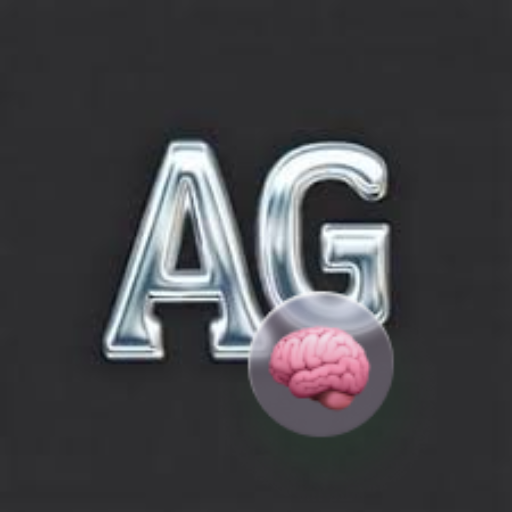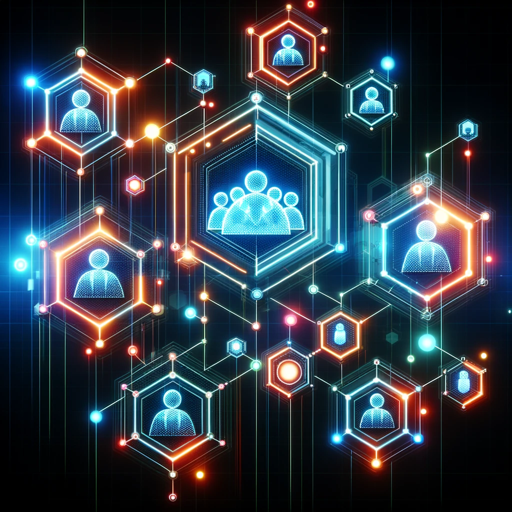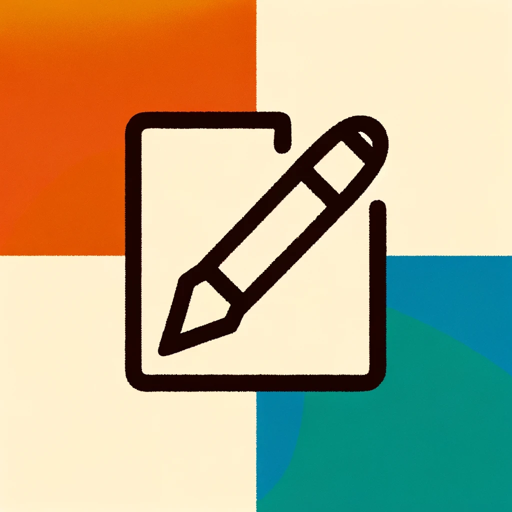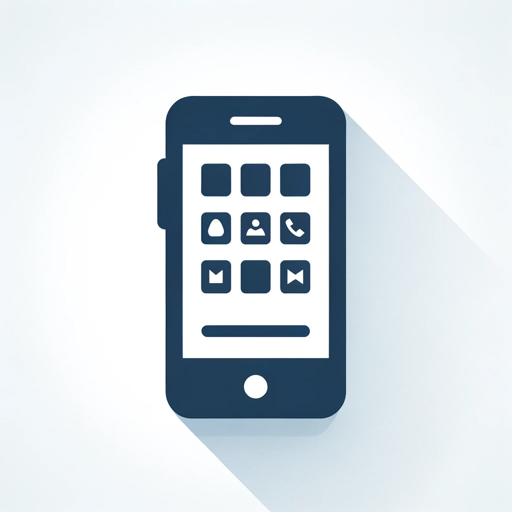Tutorial on Multi-Agent Workflows with AutoGen-AI-powered multi-agent workflow tutorial.
Collaborative AI Systems Made Simple
Get Started
Explain AutoGen
Resource links
Related Tools
Load MoreAutoGPT Agent
Your personal AI agent will plan, research, strategize and work to complete tasks semi-autonomously using multi-modal tools as needed. Complete tasks with just a few keystrokes. ☑️ v1.3

AutoGen Builder 🧠 v0.2.4
I will transform your ideas into as may agents as required

AUTOGEN STUDIO AGENT BUILDER 😎 - UI EDITION
Generates Multiple Agents, Skills, and Work Flows for MAXIMUM AGENT WORKFORCE

AutoGen Engineer
Expert in AutoGen app creation, with full GitHub repo access

GPT Agent Team - AutoGPT like
I deploy small GPTs agent team that work together to accomplish your task.

AGI2
Guide for multi-agent GPT system integration.
20.0 / 5 (200 votes)
Introduction to Tutorial on Multi-Agent Workflows with AutoGen
The 'Tutorial on Multi-Agent Workflows with AutoGen' is a specialized guide designed to assist users in mastering the development of multi-agent systems using AutoGen. This tutorial is focused on open-domain question answering (ODQA) over Wikipedia, providing a step-by-step approach to building collaborative AI systems. The core design purpose is to equip users with the knowledge and practical skills needed to create pipelines where multiple agents work together to answer complex queries by interacting with various sources of information, such as Wikipedia. An example scenario illustrating this purpose could involve a user constructing a system where one agent retrieves relevant Wikipedia pages, another processes and summarizes the information, and a final agent compiles and presents the answer in a human-readable format.

Main Functions of Tutorial on Multi-Agent Workflows with AutoGen
Building Multi-Agent Pipelines
Example
Creating a system where agents collaborate to extract, summarize, and answer questions using Wikipedia data.
Scenario
In a research scenario, a user could employ this function to create a pipeline that answers historical questions by pulling data from Wikipedia. The system could have one agent specializing in retrieving relevant articles, another in summarizing the content, and a third in synthesizing the final answer.
Collaborative AI System Design
Example
Designing a system where agents with different capabilities (e.g., text generation, summarization, retrieval) work together.
Scenario
A content creator could use this function to design a multi-agent system that assists in writing articles. One agent could generate the initial draft, another could enhance the language, and a third could ensure factual accuracy by cross-referencing information with Wikipedia.
Open-Domain Question Answering
Example
Creating a system that answers questions without predefined answers, using dynamic information retrieval from Wikipedia.
Scenario
A customer service chatbot could be enhanced with this capability, allowing it to answer a wide range of questions by retrieving and summarizing the most recent and relevant Wikipedia articles, ensuring up-to-date responses.
Ideal Users of Tutorial on Multi-Agent Workflows with AutoGen
AI Researchers and Developers
This group includes individuals who are exploring advanced AI topics, such as multi-agent systems, and are interested in applying these concepts to real-world problems. The tutorial provides them with a structured approach to building complex systems where agents collaborate to solve tasks, making it particularly valuable for those conducting research or developing new AI solutions.
Data Scientists and Engineers
Data scientists and engineers who work with large datasets and need to create automated systems for information retrieval and processing would greatly benefit from this tutorial. It offers practical insights into building pipelines that can automatically handle tasks like data extraction, summarization, and answering complex queries, which are common challenges in their field.

Guidelines for Using Tutorial on Multi-Agent Workflows with AutoGen
Visit aichatonline.org for a free trial
Start by visiting aichatonline.org to access the tutorial. You can explore the platform without needing to log in or subscribe to ChatGPT Plus. This gives you immediate hands-on experience with the multi-agent workflows.
Review prerequisites and install necessary packages
Ensure you have all required packages installed. These include libraries like dspy-ai, llama-index, openai, and transformers. You can install them using the provided 'requirements.txt' file. This step is crucial for running the example code effectively.
Follow the Technical Blog and YouTube Video
Consult the provided technical blog and YouTube video to gain a solid understanding of the concepts and practical steps. These resources guide you through setting up and utilizing multi-agent workflows for open-domain question answering.
Experiment with the GitHub Repository
Access the GitHub repository associated with the tutorial to practice and modify the code. Experimenting with the examples will deepen your understanding of the workflow and how to adapt it to your needs.
Apply learnings to your own projects
Leverage the knowledge gained to build and enhance multi-agent systems in your projects. By understanding how to implement AutoGen in different scenarios, you can extend these workflows to a variety of applications.
Try other advanced and practical GPTs
The Blackbelt 80:20 Content Generator
AI-powered content generator for coaches

NextLevelStrategist | Denis Doeland
AI-powered digital strategy solutions
Mental Wellness Coach
AI-powered solutions for emotional wellness

Oxford PoliEssay Assistant
AI-powered assistance for your politics essays.

AI Lektor Slovenščine
AI-powered Slovenian proofreading tool

NativeSpeaker
AI-powered proofreading for native-level accuracy

Band Name Generator
AI-powered tool for unique band names and logos.

3D animation creator
AI-powered 3D anime animation creator

StackSub Writer
AI-powered writing, tailored for deep insights.

Professional Crypto Airdrop GPT
AI-powered platform for crypto airdrops.

Mobile App Idea Generator
Generate Mobile App Ideas with AI

MELODICA
AI-Powered Caption Creation for Images

- Research
- Automation
- Development
- Summarization
- Data Retrieval
Q&A on Tutorial on Multi-Agent Workflows with AutoGen
What is the primary function of the Multi-Agent Workflows with AutoGen?
The primary function is to facilitate the creation of collaborative AI systems that handle complex tasks, such as open-domain question answering over Wikipedia. This involves coordinating multiple agents to work together efficiently.
How can I start using the Multi-Agent Workflows with AutoGen?
You can begin by visiting aichatonline.org to try out the tutorial without needing to log in. From there, you can follow the detailed steps provided in the technical blog and video, install the necessary packages, and explore the GitHub repository.
What are the common use cases for this tutorial?
Common use cases include academic research, automated summarization, complex data retrieval tasks, and developing AI systems that require coordination among different agents to solve multi-step problems.
What prerequisites are needed before starting the tutorial?
You'll need a basic understanding of Python programming and some familiarity with AI concepts. Additionally, ensure that your development environment has the required libraries installed, which are listed in the 'requirements.txt' file.
How can I extend the Multi-Agent Workflow to my own projects?
After understanding the tutorial, you can adapt the multi-agent framework to various tasks by defining new agents or modifying existing ones. The flexibility of the AutoGen library allows for customization to fit different application domains.